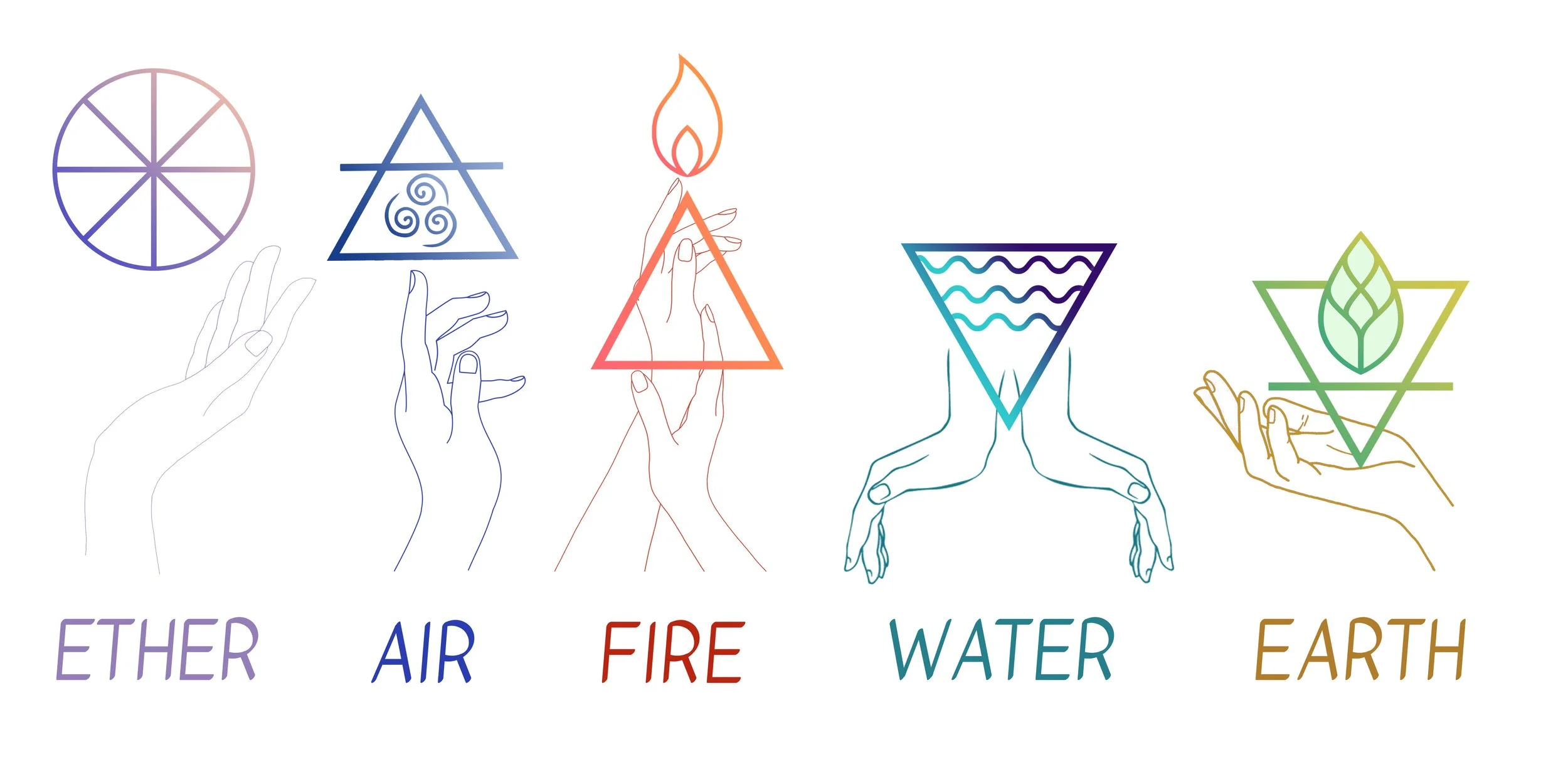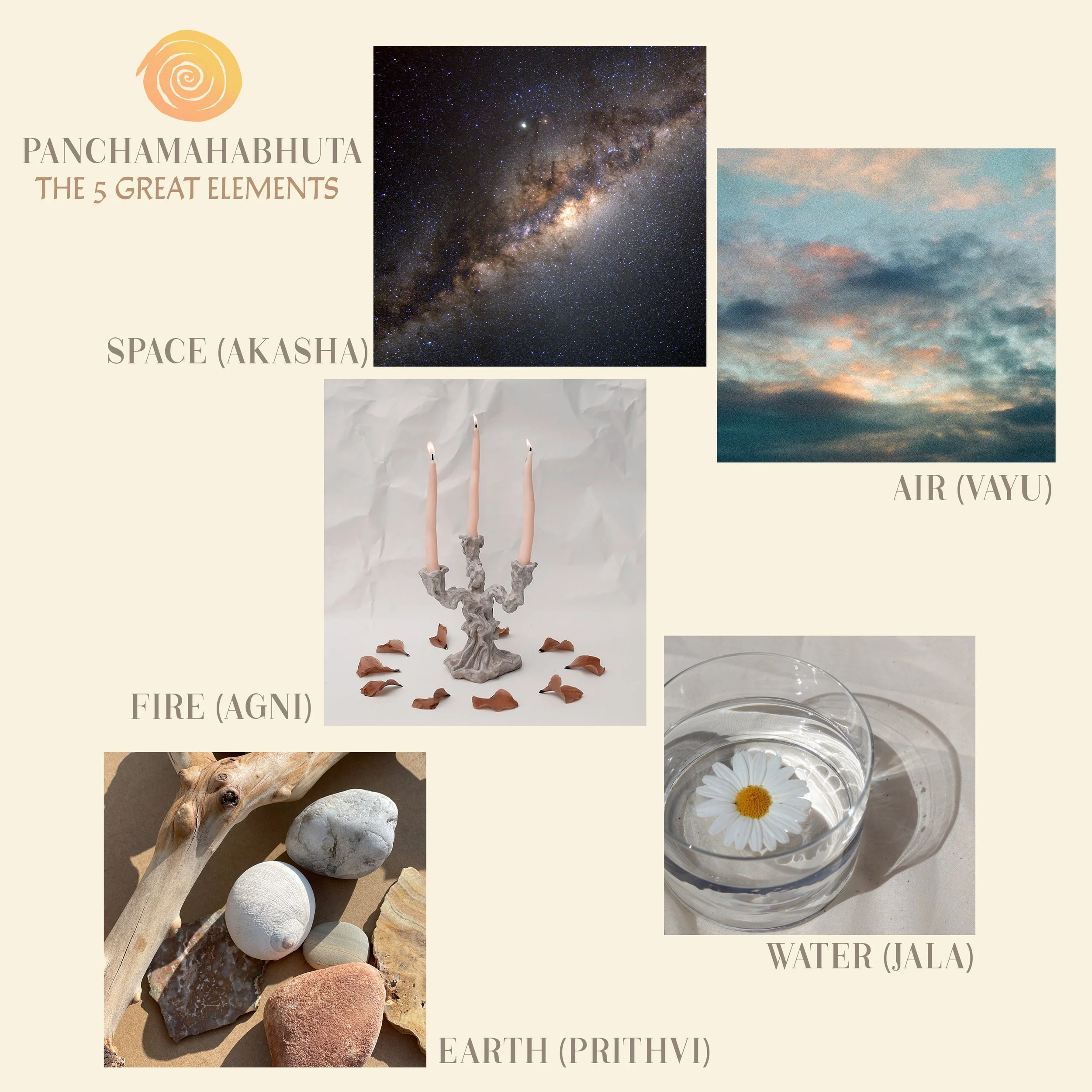To truly appreciate Ayurveda, it's helpful to touch upon its philosophical roots in Sankhya, one of the oldest schools of Indian philosophy. Sankhya provides a framework for understanding the creation of the universe and our place within it. Two fundamental principles in Sankhya are Purusha, representing pure consciousness, and Prakriti, representing the primordial, unmanifested matter. From the interaction of Purusha and Prakriti arise the five fundamental elements, known as the Panchamahabhutas: Ether/Space (Akasha), Air (Vayu), Fire (Agni), Water (Jala), and Earth (Prithvi).
These aren't just abstract concepts; they are the building blocks of everything in the universe, including our own physical and energetic bodies.
Sankhya philosophy teaches us that the universe was born from the union of Prakriti and Purusha. Prakriti here refers to the basic cosmic material that is the root of all beings, and Purusha to the spirit or conscious energy that governs life and reality. The cosmic entity, Purusha, exists beyond the realms of time and space and combines with Prakriti to form this world of creation. Both these eternal indestructible realities join to form the matter we perceive.
Prakriti evolves in response to Purusha, and its internal elements change further, leading to the formation of the Panchamahabhutas, or the Five Great Elements. The physical universe we are familiar with comprises primarily the Panchamahabhutas, namely, Akasha (Ether or Space), Vayu (Air), Agni (Fire), Jala (Water), and Prithvi (Earth).









